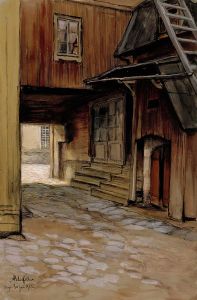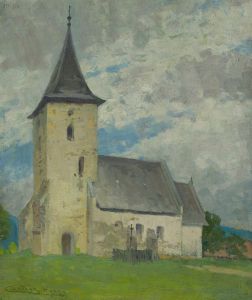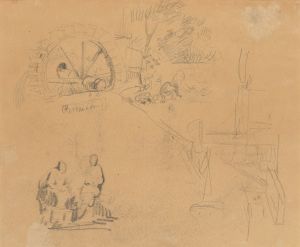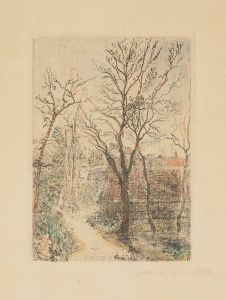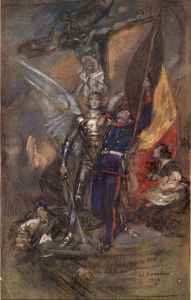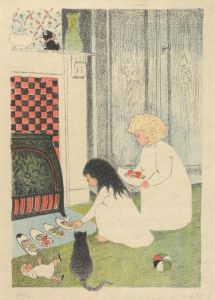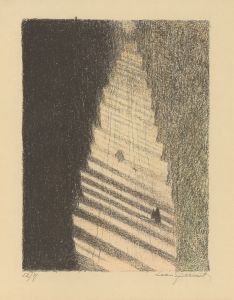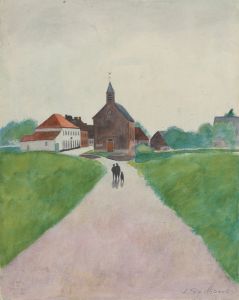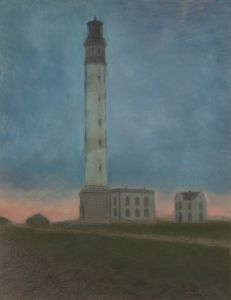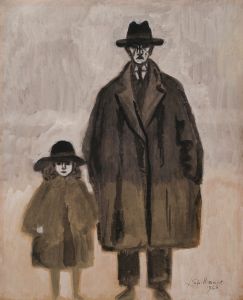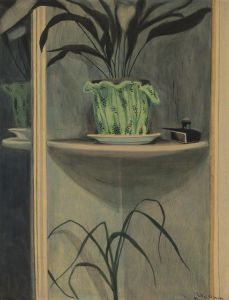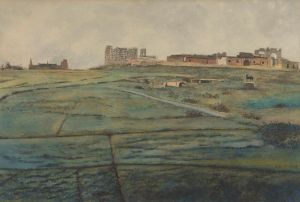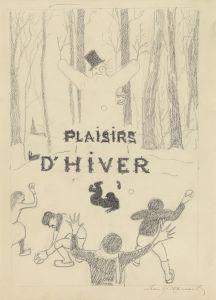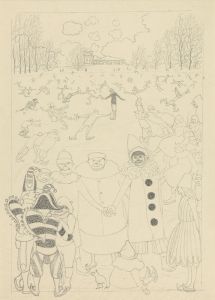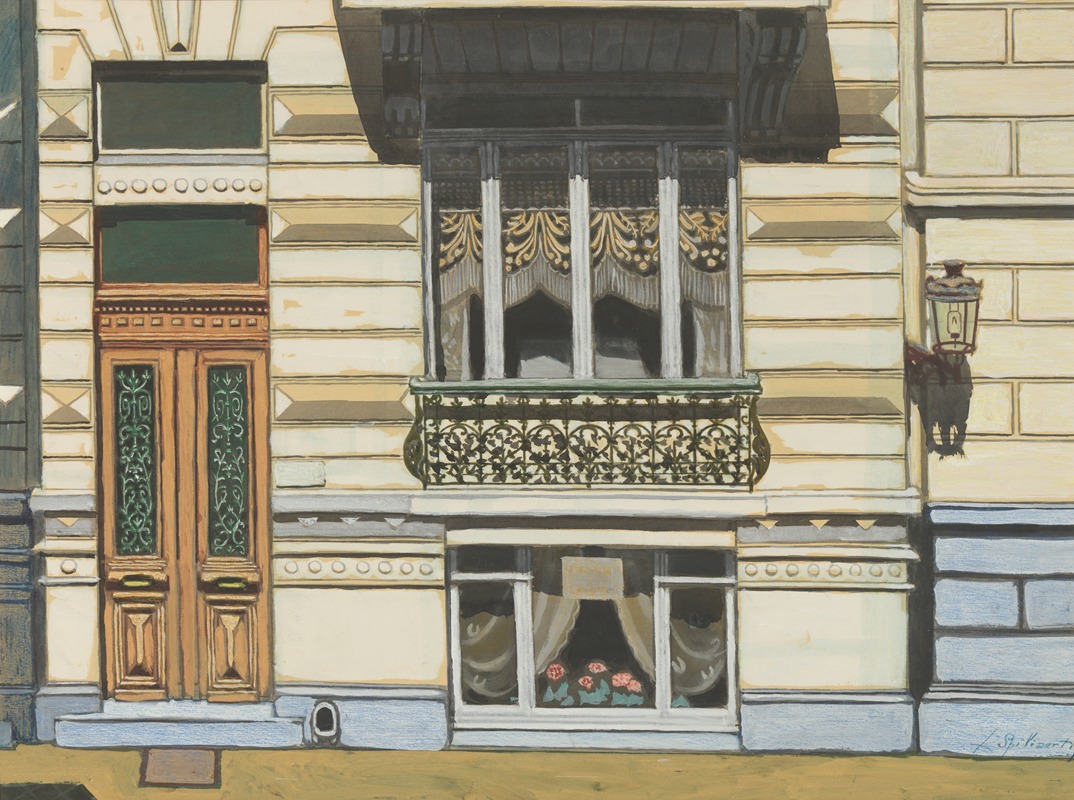
Huis in de Peter Benoitstraat, Oostende
A hand-painted replica of Léon Spilliaert’s masterpiece Huis in de Peter Benoitstraat, Oostende, meticulously crafted by professional artists to capture the true essence of the original. Each piece is created with museum-quality canvas and rare mineral pigments, carefully painted by experienced artists with delicate brushstrokes and rich, layered colors to perfectly recreate the texture of the original artwork. Unlike machine-printed reproductions, this hand-painted version brings the painting to life, infused with the artist’s emotions and skill in every stroke. Whether for personal collection or home decoration, it instantly elevates the artistic atmosphere of any space.
Léon Spilliaert, a Belgian symbolist painter, is known for his unique and atmospheric works that often explore themes of solitude, introspection, and the mysterious aspects of everyday life. One of his lesser-known works is "Huis in de Peter Benoitstraat, Oostende," which translates to "House on Peter Benoit Street, Ostend." This painting is part of Spilliaert's exploration of urban landscapes and architecture, capturing the essence of the city of Ostend, where he spent a significant portion of his life.
Spilliaert was born in Ostend in 1881, and the city had a profound influence on his artistic development. The coastal town, with its moody skies and expansive seascapes, provided a backdrop for many of his works. "Huis in de Peter Benoitstraat, Oostende" reflects Spilliaert's fascination with the interplay of light and shadow, as well as his ability to imbue ordinary scenes with a sense of mystery and emotion.
The painting depicts a house on Peter Benoit Street, a location in Ostend that may have held personal significance for Spilliaert. His works often feature architectural elements, and he had a keen eye for capturing the character and mood of buildings. In this piece, Spilliaert employs a subdued color palette, using shades of gray, blue, and brown to create a somber and contemplative atmosphere. The use of light and shadow is particularly striking, with the play of light across the building's facade adding depth and dimension to the scene.
Spilliaert's style is characterized by its minimalism and attention to detail. He often used watercolor, ink, and pastel to achieve a delicate balance between form and color. In "Huis in de Peter Benoitstraat, Oostende," his technique allows for a nuanced depiction of the house, capturing both its physical presence and its emotional resonance. The painting invites viewers to consider the stories and lives contained within the walls of the building, a common theme in Spilliaert's work.
Throughout his career, Spilliaert was influenced by various artistic movements, including symbolism and expressionism. His work is often compared to that of other symbolist artists, such as Edvard Munch and Odilon Redon, who similarly explored themes of existential angst and the human psyche. However, Spilliaert's art is distinct in its focus on the quiet, introspective moments of everyday life, often set against the backdrop of the Belgian landscape.
"Huis in de Peter Benoitstraat, Oostende" is a testament to Spilliaert's ability to transform the mundane into the extraordinary. By focusing on a single house, he captures a moment in time and space, inviting viewers to reflect on the intersection of place and memory. The painting is a reminder of Spilliaert's unique vision and his contribution to the world of art, particularly in his ability to convey emotion and atmosphere through his depiction of the built environment.
While "Huis in de Peter Benoitstraat, Oostende" may not be as widely recognized as some of Spilliaert's other works, it remains an important part of his oeuvre, showcasing his skill as an artist and his deep connection to the city of Ostend. Through this painting, Spilliaert continues to inspire and captivate audiences, offering a glimpse into the quiet beauty of everyday life.





